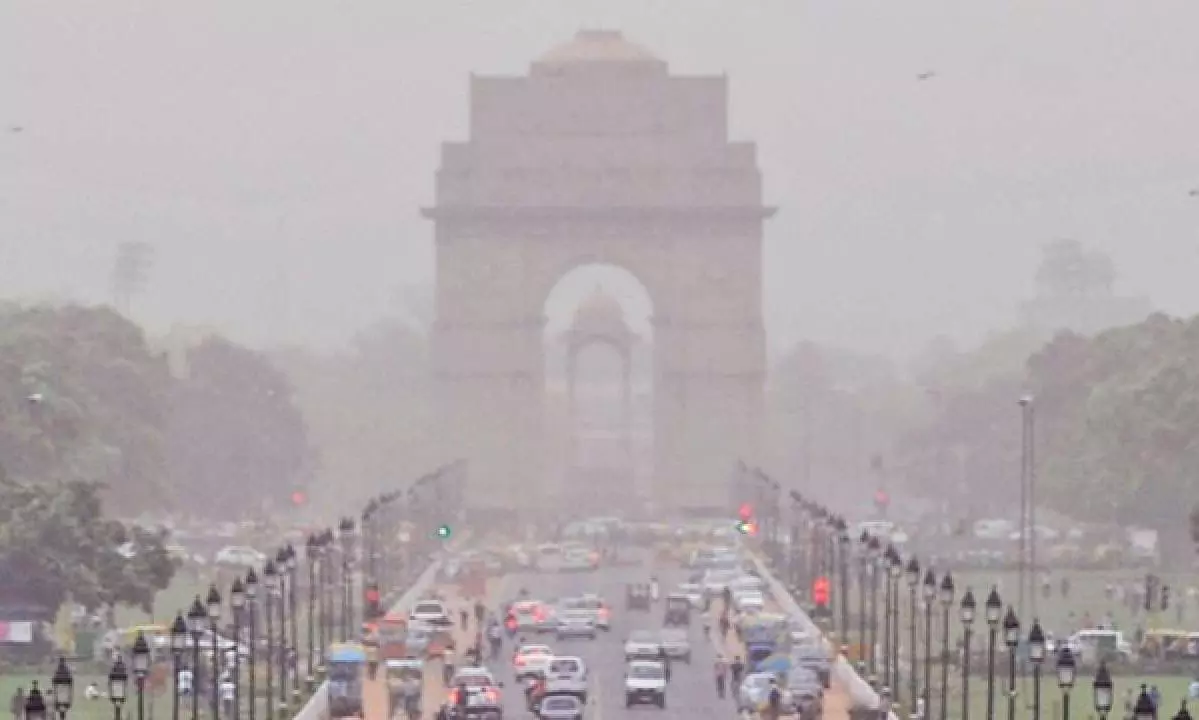
Delhi's air quality remains 'very poor' despite anti-pollution measures
text_fieldsDelhi and the surrounding National Capital Region (NCR) continue to grapple with dangerously poor air quality, as the Air Quality Index (AQI) remained in the "very poor" category despite the implementation of stage two of the Graded Response Action Plan (GRAP).
At 8 a.m. on Wednesday, the AQI in the city was recorded at 354, according to data from the System of Air Quality and Weather Forecasting and Research (SAFAR).
An AQI in this range indicates harmful air, with levels between 301 and 400 classified as "very poor."
Several areas across the city, including Alipur, Anand Vihar, Dwarka, and Rohini, reported similarly poor air quality, as thick smog blanketed the capital.
The worsening air quality prompted authorities to invoke stage two of the GRAP, aimed at curbing pollution. Under this stage, restrictions have been imposed on the use of coal, firewood, and diesel generators in Delhi-NCR. Mechanical sweeping and water sprinkling on major roads are also being conducted daily, and strict dust control measures are being enforced at construction sites. Traffic personnel have been deployed at congestion points, and parking fees have been increased to discourage private vehicle use. Additionally, public transport options such as buses and metro services are being enhanced.
Residents have been urged to limit the use of personal vehicles, regularly replace air filters in their automobiles, and avoid construction activities that generate dust. They are also advised to refrain from open burning of solid waste and biomass.
These measures build upon stage one of the GRAP, which came into effect on October 15. Stage one includes periodic mechanized road sweeping, water sprinkling, dust mitigation at construction sites, and a ban on the open burning of waste.
On Tuesday, Delhi Environment Minister Gopal Rai announced further steps to tackle pollution, including additional metro trips, the deployment of over 6,000 municipal staff for dust control, and the stationing of 1,800 more traffic personnel at key congestion points.
The India Meteorological Department (IMD) has predicted that Delhi's AQI will likely remain in the "very poor" range in the coming days due to unfavorable weather conditions. Additionally, stubble burning in neighboring states such as Punjab and Haryana during the post-harvest season is expected to further contribute to the rise in pollution levels.
With no immediate relief in sight, the capital continues to face significant challenges in improving its air quality and protecting public health.

















